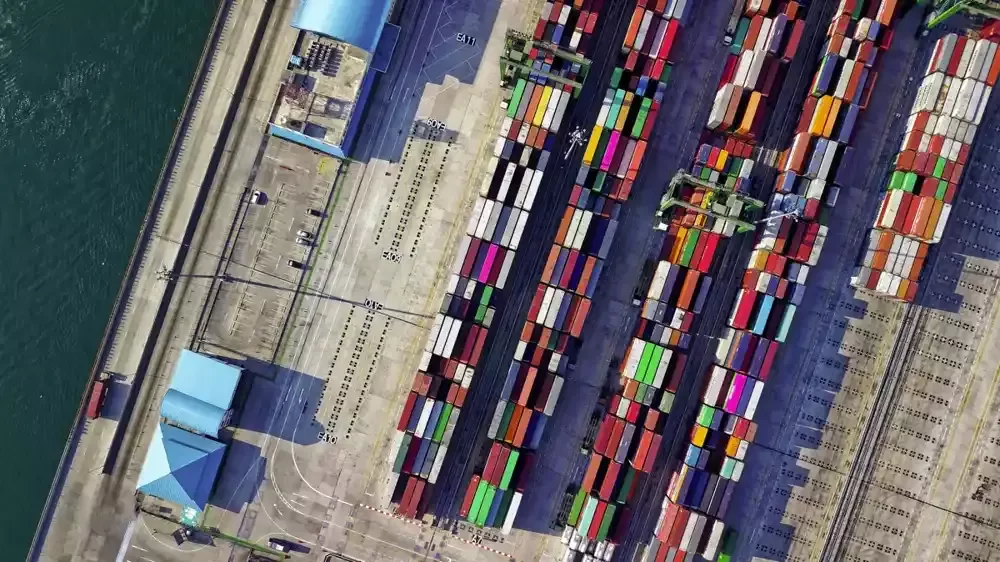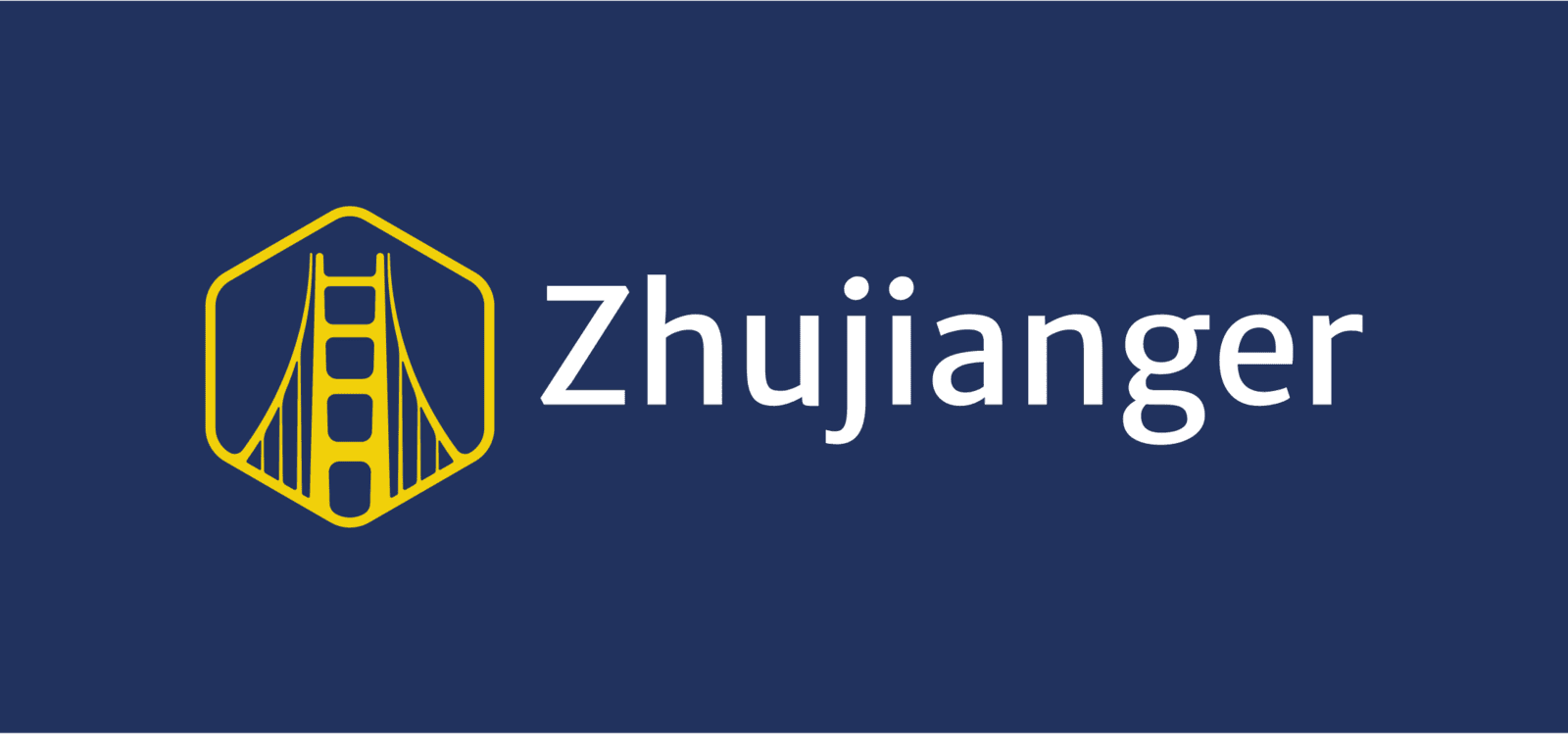Smart Tariff Strategies

Navigating the modern global trade environment is no small feat, especially for businesses heavily reliant on imports and exports. With ongoing tariff fluctuations, supply chain disruptions, and shifting consumer priorities, it's become increasingly important to adapt and build resilience.
For businesses that actively trade across borders, surviving and thriving in this environment requires a strategic shift. This article dives into actionable strategies to make your business tariff-resilient, covering supply chain diversification, intellectual property protection, operational flexibility, and more.
Why Tariffs Are Reshaping the Landscape
For years, sourcing from China or relying on cross-border trade promised low costs and rapid scalability. However, increasing tariffs, along with added complexities from geopolitical tensions and the COVID-19 pandemic, have disrupted this model. Businesses now face higher costs, longer lead times, and exposure to risks they previously didn't account for.
The Cost of Relying Too Heavily on One Market
If your supply chain depends on a single country or supplier, you're leaving your business exposed to unnecessary risks. For instance:
- Higher Tariffs eat into your profit margin, making it harder to remain competitive.
- Disruptions like pandemics or geopolitical events can stall operations entirely.
- Currency Volatility increases unpredictability, inflating costs unexpectedly.
The key takeaway? Businesses that diversify their sourcing and mitigate risks will be better prepared to withstand disruptions.
Build a Flexible, Diverse Supply Chain
1. Diversify Suppliers Across Regions
A flexible supply chain is no longer just a competitive advantage; it's a necessity. Businesses are increasingly adopting a "China Plus One" model:
- Explore alternatives like Vietnam, Mexico, and India to reduce dependence on any single country.
- Create redundancy by contracting multiple suppliers for key products.
For example, brands sourcing low-cost textiles might keep one supplier in China for Asian markets but use manufacturers in Mexico or Bangladesh for U.S. or European sales to mitigate tariffs.
2. Move from "Just-in-Time" to "Just-in-Case"
Traditional just-in-time supply chains favor efficiency, but they're vulnerable to disruptions. Instead, shift to a "just-in-case" model:
- Stock sufficient safety inventory to buffer against unexpected delays.
- Use bonded warehouses closer to key markets to store inventory strategically.
By planning for contingencies, you reduce the risk of empty shelves or delayed deliveries during tariff reviews or geopolitical events.
3. Leverage Tariff-Free Manufacturing Zones
Consider manufacturing in low- or no-tariff zones for specific exports. For example:
- Use maquiladoras (special economic zones in Mexico) to manufacture goods destined for the U.S. under favorable tariff conditions.
- Take advantage of free-trade agreements (FTAs) where applicable.
Such setups allow businesses to remain cost-competitive and agile.
Protect Your Margins with Smarter Contracts
4. Incorporate Currency Clauses
Currency fluctuations can erode your profit margins overnight. Many suppliers in China and other markets quote in USD but settle in their local currency:
- Add clauses that allow for adjustments if exchange rates fluctuate beyond agreed thresholds.
- Negotiate clear terms with suppliers to avoid surprises.
This is particularly valuable when working with suppliers handling high-value goods or long-term contracts.
5. Mitigate the Risk of Anti-Dumping Penalties
Exporting surplus goods at rock-bottom prices may seem like a quick fix, but it comes with potential pitfalls. Many countries have strict anti-dumping rules that can lead to fines, duties, or bans. Instead, segment and strategize:
- Differentiate SKUs by market. For example, sell premium lines in high-tariff markets and mid-tier ranges elsewhere.
- Maintain price stability to stay compliant with trade regulations and protect your long-term brand.
Differentiate with Value, Not Cost
6. Invest in Higher-Quality Products
The days of relying purely on low-value, high-volume goods are rapidly fading. Shifting global trends prioritize sustainability and quality, creating opportunities for businesses that adapt:
- Focus on creating durable, repairable, and sustainable goods.
- Align with consumer demand for transparency and ethical practices.
By differentiating your offerings, you can charge a premium and overcome the race-to-the-bottom pricing trap.
7. Elevate Customer Experience with Direct Channels
To remain competitive, control your sales channels:
- Build a branded website to establish direct-to-consumer (DTC) relationships.
- Own your customer data to create personalized experiences that third-party platforms can't replicate.
- Use your own infrastructure for marketing and distribution to reduce reliance on platforms like Amazon or eBay where you don't have full control.
This ensures you remain adaptable as platform policies or algorithms change.
Protect Your Brand for Long-Term Success
8. Register Trademarks in Key Markets
When manufacturing or sourcing products internationally, intellectual property (IP) often gets overlooked. However, failing to protect your brand can have devastating consequences:
- If a supplier or distributor registers your trademark locally, you may lose control of your own goods.
- Without IP protection, knockoff products may flood the market and devalue your brand.
Prioritize proactive trademark registration in foreign markets, especially if you're working with Chinese manufacturers. IP protection is a low-cost, high-impact step in mitigating future risks.
9. Secure Licensing Agreements
Consider licensing your intellectual property to trusted partners in low-tariff jurisdictions. For example:
- License your designs and specs to a producer in Mexico to target the U.S. market.
- Continue working with your Chinese supplier for global markets unaffected by tariffs.
This approach splits manufacturing risks while maintaining a consistent quality standard across regions.
Turn Trade Turbulence Into Competitive Advantage
Today's international trade environment isn't for the faint-hearted—but the businesses that thrive are those that adapt. From restructuring supply chains to elevating product offerings and protecting brand assets, the strategies mentioned above are designed to help import-export businesses not just survive but excel.
Change is inevitable, and navigating tariffs requires a proactive, forward-thinking approach. Start transforming your business into a tariff-resilient powerhouse today by exploring ways to optimize costs, secure IP rights, and connect with more flexible suppliers.
Are you ready to make your business tariff-proof? Apply these strategies today and protect what you've built.
Related Articles

Greater Bay Area: China's Next Global Superhub
Exploring the emerging economic powerhouse in Southern China.
Read more →
Sewing Up Deals: Why Customized Contracts Are Your Best Investment
The strategic advantage of tailored agreements in international trade.
Read more →
Protect Your Brand
Essential strategies for safeguarding your intellectual property in global markets.
Read more →Disclaimer
Content on Zhujianger is for informational purposes only and does not constitute professional advice. We do not guarantee accuracy or completeness, and information is subject to change.


